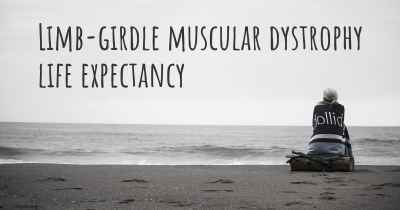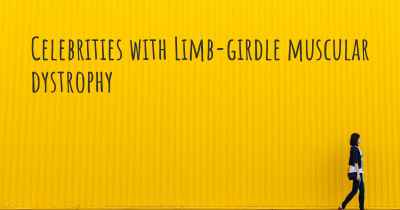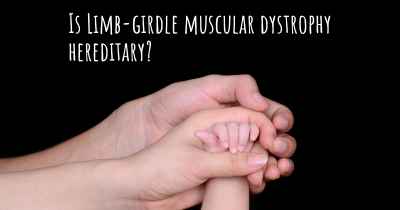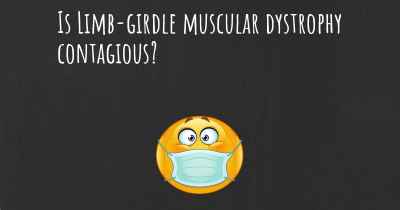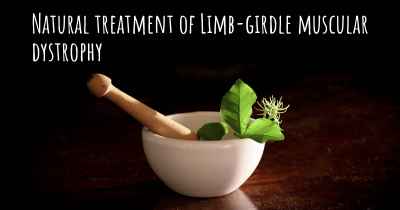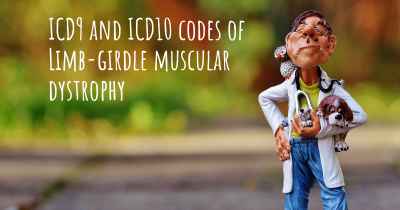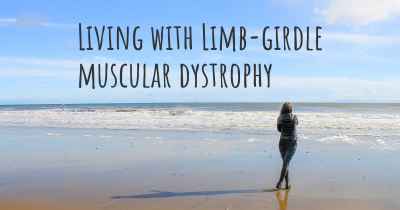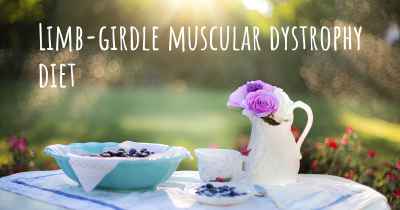Is it advisable to do exercise when affected by Limb-girdle muscular dystrophy? Which activities would you suggest and how intense should they be?
See if it is advisable for people with Limb-girdle muscular dystrophy to practice sports and which ones are the most recommended if you have Limb-girdle muscular dystrophy
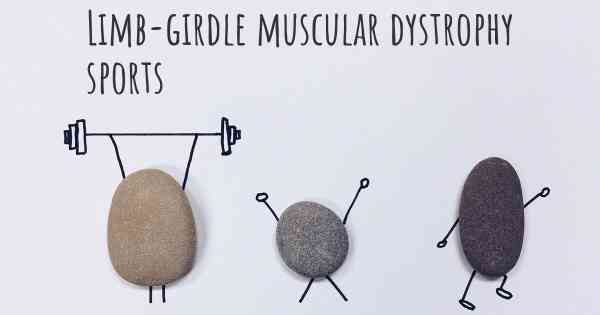
Is it advisable to do exercise when affected by Limb-girdle muscular dystrophy?
Limb-girdle muscular dystrophy (LGMD) is a group of genetic disorders that primarily affect the muscles around the hips and shoulders. It is characterized by progressive muscle weakness and wasting, leading to difficulties in mobility and daily activities. While exercise may seem counterintuitive for individuals with muscular dystrophy, it can actually be beneficial when done correctly and under the guidance of healthcare professionals.
Benefits of Exercise for Limb-girdle Muscular Dystrophy
Engaging in regular exercise can provide several benefits for individuals with LGMD:
- Maintaining muscle strength: Exercise can help slow down the loss of muscle strength and function, allowing individuals to maintain their independence and mobility for a longer period.
- Improving cardiovascular health: Certain types of exercise, such as low-impact aerobic activities, can improve cardiovascular fitness and overall heart health.
- Enhancing flexibility and range of motion: Stretching exercises can help improve flexibility and maintain joint mobility, reducing the risk of contractures and improving overall functional abilities.
- Boosting mood and mental well-being: Regular exercise releases endorphins, which can improve mood, reduce stress, and enhance overall mental well-being.
Types of Exercise for Limb-girdle Muscular Dystrophy
When considering exercise for individuals with LGMD, it is important to focus on activities that are safe, low-impact, and tailored to their specific needs. Here are some recommended types of exercise:
- Low-impact aerobic exercises: Activities such as walking, swimming, or using a stationary bike can improve cardiovascular fitness without putting excessive strain on the muscles.
- Resistance training: Light resistance exercises using bands or weights can help maintain muscle strength and function. It is crucial to start with low resistance and gradually increase as tolerated.
- Stretching and flexibility exercises: Gentle stretching exercises can help maintain joint flexibility and prevent muscle tightness. It is important to avoid overstretching or bouncing movements that may cause injury.
- Balance and coordination exercises: Activities that focus on improving balance and coordination, such as yoga or tai chi, can help enhance stability and reduce the risk of falls.
Intensity and Safety Considerations
When it comes to exercise intensity, it is essential to strike a balance between challenging the muscles and avoiding overexertion or injury. Here are some important considerations:
- Consult with a healthcare professional: Before starting any exercise program, individuals with LGMD should consult with their healthcare team, including a physical therapist or rehabilitation specialist, to develop a personalized exercise plan.
- Start slow and progress gradually: It is important to begin with low-intensity exercises and gradually increase the duration and intensity as tolerated. Pushing too hard or doing too much too soon can lead to muscle damage or increased weakness.
- Listen to your body: Individuals with LGMD should pay close attention to their body's signals. If an exercise causes pain, excessive fatigue, or muscle weakness, it is important to modify or stop the activity and consult with a healthcare professional.
- Use assistive devices if needed: Depending on the individual's level of muscle weakness, assistive devices such as braces, walkers, or wheelchairs may be necessary to ensure safety and optimize participation in exercise.
Conclusion
While exercise can be beneficial for individuals with Limb-girdle muscular dystrophy, it is crucial to approach it with caution and under the guidance of healthcare professionals. Engaging in safe and appropriate exercises, such as low-impact aerobic activities, resistance training, stretching, and balance exercises, can help maintain muscle strength, improve cardiovascular health, enhance flexibility, and boost overall well-being. Remember to start slowly, progress gradually, and listen to your body's signals to ensure a safe and effective exercise routine.
